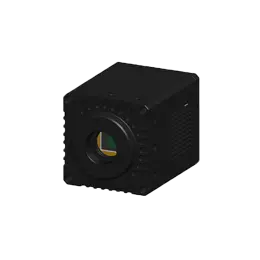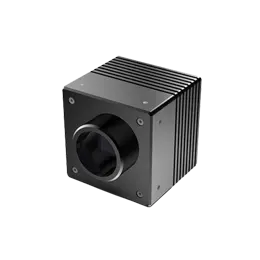As the United States continues to increase its border crossings, airports, and other access channels, biological and border surveys will play an important role. Fingerprints and other direct contact means will become the ultimate means of identification.
Now the effectiveness of fingerprint identification is limited to the database and based on the collection of fingerprint library. As a result, most identifications are performed by facial recognition and photo comparison by customs agents. Short wave infrared ingaas image sensor can assist them.
As the global war on terror has become the focus of the US military, intelligence gathering is increasingly important.
In the past, reconnaissance focused more on the strategic level, but now it focuses on the tactical level, which has higher requirements on time and performance, such as identifying a person within an area of interest.
Many methods have been proposed and put into practice, but in recent years, the special properties of short wave infrared sensors have made them the "next generation" technology in the field of land, sea and air.
Special operations personnel or pilots mostly use laser guidance to obtain the location. What's more, these systems use lasers in the short wave infrared band at 1550nm, which is safe for the human eye. Short wave infrared sensors have a wide range of applications here. Small, reliable and fast sensors can meet the needs of guidance systems.
Weapons that use GPS guidance systems are very accurate. Modern warfare requires minimal damage control. As a result, field commanders seek a weapon of greater accuracy.
The GPS guidance system on these weapons can help to achieve greater accuracy with the assistance of a ground-based short wave infrared laser designator and guidance system. 对An opponent without a shortwave infrared sensor is completely invisible. A well-lit short wave infrared laser can guide a target the size of a football over a long distance.
The improved accuracy of the guidance system not only reduces collateral damage and swir camera price, but also enhances the overall capability of the squad. With the help of a ground-based short wave infrared laser and camera system, the squad can cover fewer areas, which makes the activities more flexible and effective.
Short wave infrared is becoming increasingly important for military and naval applications. Short wave infrared swir wavelength range is usually 0.9 μm to 1.7 μm, sometimes extending to 0.7 μm to 2.5 μm.
Short wave infrared is not thermal imaging, and objects do not emit radiation at this waveband. There's a lot of short wave infrared light during the day, and because of the sky glow, there is also a lot of short wave infrared light at night.
With the reflected light and wavelengths that are similar to visible light but are farther away from other infrared wavelengths, short wave infrared sensors can produce high-resolution natural images.
Longer wavelengths can penetrate haze, fog and rain better than visible light, display letters and paint on ships, and eliminate some types of camouflage.
Since shortwave infrared is invisible to the human eye, thermal imagers and night vision goggles, it can be used with active lighting while remaining concealed. Irradiation lamp or eye safety laser can be used for illumination. The short-wave infrared sensor uses indium gallium arsenic (InGaAs) detector and can operate at room temperature without refrigeration.



